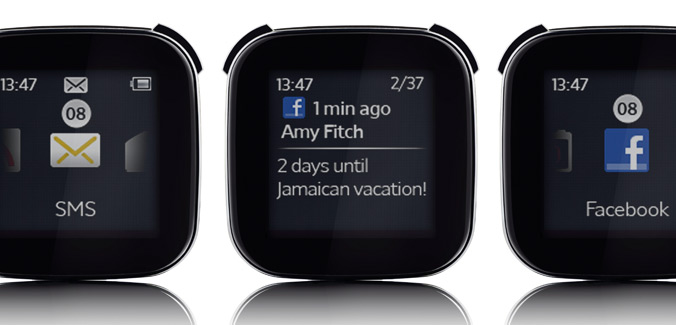

If you're using the free version, the screen will be blocked with an ad while the conversion takes place, but you can pay a small amount to remove it. To begin converting, open the app, and follow the on-screen instructions to connect to Spotify. However, unlike Soundiiz, you can override Playlist Convertor's default track match with your own selection. This app only lets you sync your playlists with three services: Spotify, Deezer, and Napster. If you would prefer to use a local app to import playlists into Spotify (and you're running the Windows operating system), check out Playlist Converter.

However, the $3/month premium version removes these limitations and also adds automatic playlist syncing between platforms as well as a way to transfer your favorite songs, albums, and artists. The free version of Soundiiz only lets you import one playlist at a time and the playlist can have no more than 200 songs in it. Given that one track can have so many versions, this can be a problem. The big drawback of using Soundiiz to import playlists into Spotify is the lack of custom track matching. Open the web app, go to Playlists > Import Playlist and select From File. Soundiiz supports the ability to import your M3U playlists in Spotify. In addition to importing playlists, you can use Soundiiz to import your liked artists, albums, and tracks, though not all of the categories are available on all of the platforms. The app also supports many smaller apps, such as Telmore Musik, JOOX, Anghami, and KKBox. Soundiiz works with an impressive array of services, including all of the big names like Apple Music, YouTube Music, Last.fm, and Deezer. If you want to import playlists from other music streaming apps into Spotify, Soundiiz should be your first port of call.


 0 kommentar(er)
0 kommentar(er)
